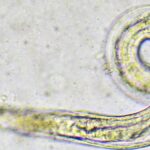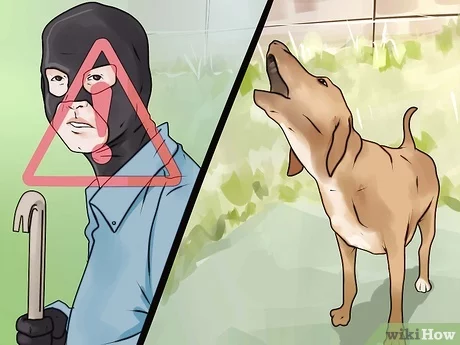Can Dogs Get Styes In Their Eye
Can Dogs Get Styes in Their Eye?
Styes are common eye infections that can affect humans and pets alike. However, for pet owners who are concerned about their furry friends’ health, one question may arise: can dogs get styes in their eye? The answer is yes, dogs can get styes in their eyes just like humans. In this article, we will explore what styes are, how they develop in dogs’ eyes, and what you can do to prevent and treat them.
What are Styes?
A stye, also known as a hordeolum, is an infection of the oil glands located at the base of the eyelashes. These glands produce an oily substance that helps lubricate the eyes. When these glands become infected with bacteria, they can become inflamed, resulting in a bump on the eyelid that is often red and painful. Styes can occur on either the upper or lower eyelid.
What Causes Styes in Dogs?
Styes in dogs are typically caused by a bacterial infection. The bacteria responsible for styes is commonly found on the skin around the eyes and nose. When these bacteria enter the oil gland at the base of an eyelash, they can cause an infection that leads to a stye.
Certain breeds of dogs may be more prone to developing styes due to their anatomy. For example, dogs with shorter snouts or flat faces (such as pugs and bulldogs) may have less efficient tear drainage systems, which can lead to increased bacterial growth around the eyes.
Symptoms of Styes in Dogs
If your dog has a stye, you may notice one or more of the following symptoms:
– Redness and swelling around the affected eye
– A small bump on the eyelid
– Discharge from the eye
– Increased blinking or squinting
– Sensitivity to light
– Pain or discomfort around the eye
In some cases, styes can rupture and release pus, which can be a sign of a more severe infection. If you notice any of these symptoms in your dog, it’s essential to seek veterinary care promptly.
Preventing Styes in Dogs
While it’s impossible to completely prevent styes from occurring, there are several things you can do to reduce your dog’s risk of developing them. These include:
– Keeping your dog’s eyes clean: Regularly wipe your dog’s eyes with a damp cloth to remove dirt and debris. Be sure to use a separate cloth for each eye to avoid spreading bacteria.
– Avoiding irritants: Keep your dog away from smoke, dust, and other airborne irritants that can cause eye infections.
– Minimizing stress: Stress weakens the immune system, making dogs more susceptible to infections. Ensure that your dog has plenty of opportunities for exercise and mental stimulation.
– Providing proper nutrition: A healthy diet is essential for maintaining a strong immune system. Feed your dog high-quality food that is appropriate for their age and activity level.
Treating Styes in Dogs
If your dog develops a stye, there are several things you can do to help alleviate their discomfort and promote healing. These include:
– Warm compresses: Applying a warm compress to the affected eye can help reduce inflammation and promote drainage of the stye. Soak a clean cloth in warm water and hold it against the eye for 5-10 minutes at a time, several times per day.
– Antibiotics: If the stye is particularly severe or does not respond to home treatment, your veterinarian may prescribe antibiotics to help clear up the infection.
– Surgery: In rare cases, surgery may be necessary to drain the stye if it does not resolve on its own.
Final Thoughts
In conclusion, while styes in dogs may look unpleasant and uncomfortable, they are generally treatable with proper care and attention. By keeping your dog’s eyes clean, minimizing irritants and stress, and providing proper nutrition, you can reduce their risk of developing styes. If you notice any signs of a stye in your dog, seek veterinary care promptly to ensure that they receive appropriate treatment. Remember, prevention is always better than cure!



